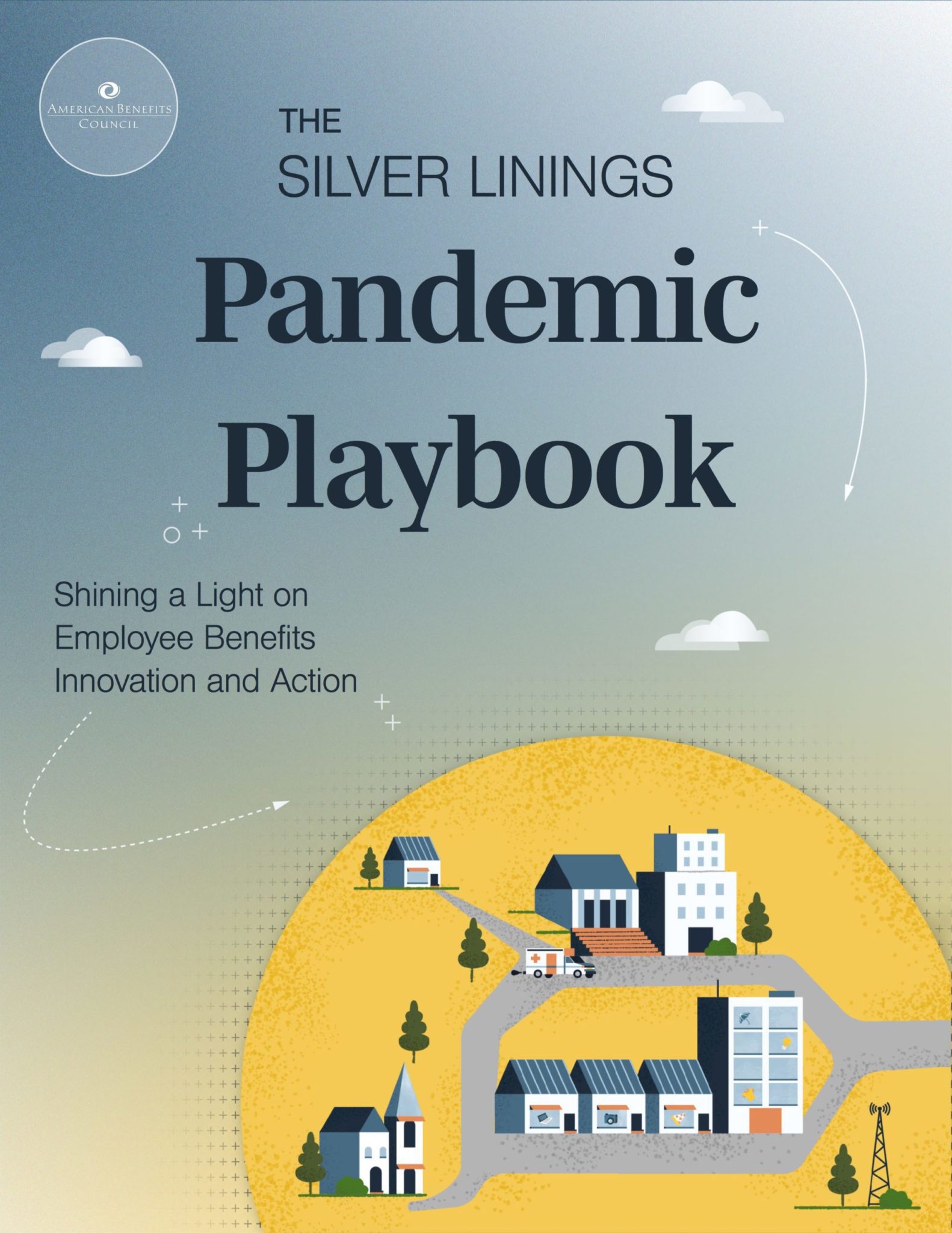Employee Retention Tax Credits under CARES ACT have been available yet there has been confusion surrounding this. Employee Retention Tax Credits (ERTC). Much of this has been covered under Corona Virus Resource Page –What the Coronavirus Means for Your Business. The ERTC was extended and modified by the Consolidated Appropriations Act of 2021.
COVID-19 Employee Retention Credit available for Businesses Financially Impacted
The Treasury Department and the Internal Revenue Service today launched the Employee Retention Credit, designed to encourage businesses to keep employees on their payroll. The refundable tax credit is 50% of up to $10,000 in wages paid by an eligible employer whose business has been financially impacted by COVID-19.
FAQ
Does my business qualify to receive the Employee Retention Credit?
The credit is available to all employers regardless of size, including tax-exempt organizations. There are only two exceptions: State and local governments and their instrumentalities and small businesses who take small business loans.
Qualifying employers must fall into one of two categories:
1.The employer’s business is fully or partially suspended by government order due to COVID-19 during the calendar quarter.
2. The employer’s gross receipts are below 50% of the comparable quarter in 2019. Once the employer’s gross receipts go above 80% of a comparable quarter in 2019, they no longer qualify after the end of that quarter.
How is the credit calculated?
The amount of the credit is 50% of qualifying wages paid up to $10,000 in total. Wages paid after March 12, 2020, and before Jan. 1, 2021, are eligible for the credit. Wages taken into account are not limited to cash payments, but also include a portion of the cost of employer-provided health care.
How do I know which wages qualify?
Qualifying wages are based on the average number of a business’s employees in 2019.Employers with less than 100 employees: If the employer had 100 or fewer employees on average in 2019, the credit is based on wages paid to all employees, regardless if they worked or not. If the employees worked full time and were paid for full-time work, the employer still receives the credit.
Employers with more than 100 employees: If the employer had more than 100 employees on average in 2019, then the credit is allowed only for wages paid to employees who did not work during the calendar quarter.
I am an eligible employer. How do I receive my credit?
Employers can be immediately reimbursed for the credit by reducing their required deposits of payroll taxes that have been withheld from employees’ wages by the amount of the credit.
Eligible employers will report their total qualified wages and the related health insurance costs for each quarter on their quarterly employment tax returns or Form 941 beginning with the second quarter. If the employer’s employment tax deposits are not sufficient to cover the credit, the employer may receive an advance payment from the IRS by submitting Form 7200, Advance Payment of Employer Credits Due to COVID-19.
Eligible employers can also request an advance of the Employee Retention Credit by submitting Form 7200.
Where can I find more information on the Employer Retention Credit and other COVID-19 economic relief efforts?
Updates on the implementation of this Employee Retention Credit, Frequently Asked Questions on Tax Credits for Required Paid Leave and other information can be found on the Coronavirus page of IRS.gov.
Do you have a Checklist for the Paycheck Protection Loans Documentations?
Start preparing NOW. Gather documents that provide proof of payment for allowable expenses under the Paycheck Protection Program and be ready to make related certifications for the application.
I’m working with a PEO, how do I get these forms to the IRS?
When partnering with a PEO, the PEO may request an attestation from the client or the client‘s CPA certifying that the client qualifies for the ERTC. This is because the PEO is unable to verify that the client incurred a reduction in gross receipts or otherwise qualified for the credit. Furthermore, indemnification may be requested, given that incongruities with claiming the credit must be reconciled on the PEO‘s Form 941. Finally, in order to prevent multiple filings, it is possible that a PEO may establish deadlines for clients claiming the ERTC and impose an administrative fee associated with processing the ERTC for former clients or clients seeking to claim the credit outside of specified time frames.
For more information about the ERTC, please contact your PEO service provider.
Paycheck Protection Program Document Checklist and Certifications
Resource:
ERTC Video Explainer
Silver Linings Pandemic Playbook – American Benefits Council
Learn how our PEO Partnership can help your group please contact us at info@medicalsolutionscorp.com or (855)667-4621.
Put You & Your Employees in Good Hands
Get In Touch
For more information on PEOs or a customized quote please submit your contact. We will be in touch ASAP.


